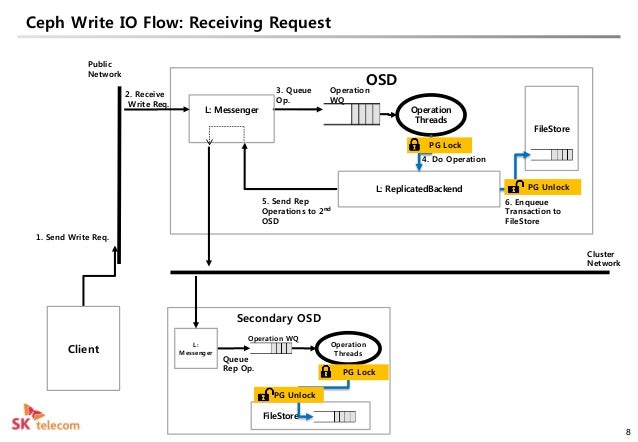

Sometimes things in the Linux storage stack (like certain filesystem setups) can choose to ignore it because of what they have to do or because you didn't satisfy the requirements (which is legal) and just silently do buffered I/O instead (i.e. In the "worst" case, O_DIRECT can mean nothing at all even though setting it wasn't rejected and subsequent calls "succeed". To know if this is the case you have to qualify your hardware stack so you can't assume this in general. battery backed RAID controller) or the RAM itself is persistent storage THEN you may have a guarantee that the data reached stable storage that can survive power loss. IF the data is DMA'd out of RAM to non-volatile storage (e.g. As previously stated, even this property doesn't guarantee that data of a successful write() call will survive sudden power loss. You are more likely to be in this case when directly opening block devices of "real" local disks.


In the "best" case, setting O_DIRECT will avoid making extra copies of data while transferring it and the call will return after transfer is complete. If the underlying disk is local, what layers you have in your kernel storage stack before you reach the disk block device.Whether a filesystem has to do a new block allocation to satisfy your I/O.Whether you've correctly aligned your I/O.The exact filesystem used and the options in use on the filesystem and the file.Whether you are opening a block device or a file in a filesystem.What will actually happen depends on things like: It's a hint that you want your I/O to bypass the Linux kernel's caches. No (as commented) - if you need a guarantee your data made it to non-volatile storage you must use/add something else. If I open a file with O_DIRECT flag, does it mean that whenever a write(blocking mode) to that file returns, the data is on disk? The GPS accuracy information provided allows the user/controller to make calculated decision when looking at the position, velocity, or odometer information.Ī built-in webserver provides detailed diagnostics of system configuration and operation, including the display of GPS time, position, and velocity without the need for any additional software.(This answer pertains to Linux - other OSes may have different caveats/semantics) The on-board GPS receiver also provides velocity and odometer reading allowing the user to implement the module in various vehicle and tracking applications. The module uses an on-board GPS receiver to provide accurate time and position information.īecause the module is stand-alone and connects to various devices over an Ethernet network the module can be placed as close as possible to the antenna position removing the need for costly low-loss coaxial cables that was traditionally needed to connect the GPS antenna to the module. It can also provide GPS position and velocity data. This enables precision time synchronization for Logix Controllers and HMI systems. The Time Sync module provides Precision Time Protocol (PTP - Grand Master) and NTP Time services.


 0 kommentar(er)
0 kommentar(er)
